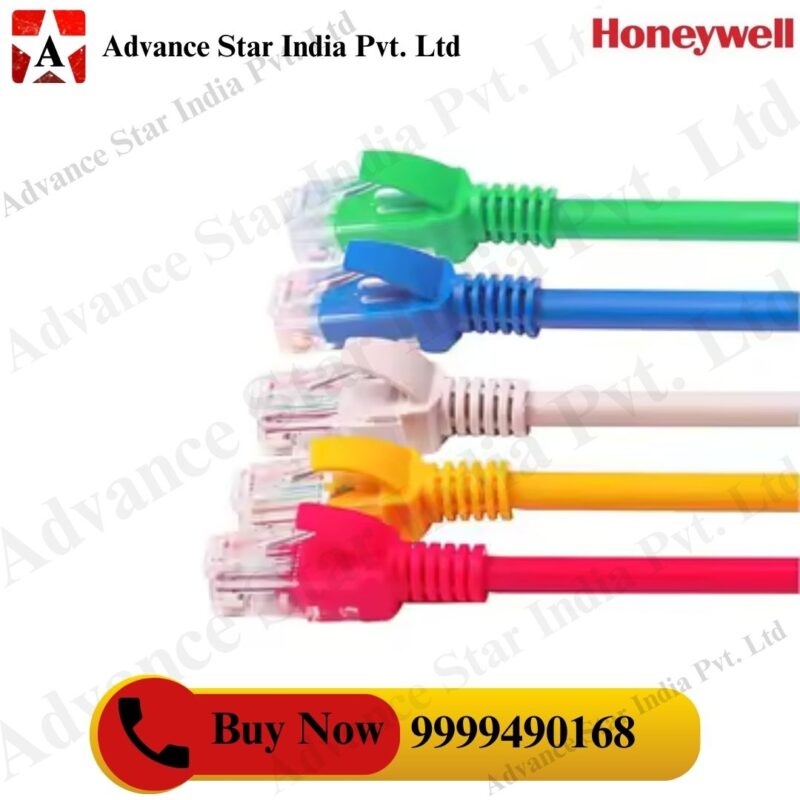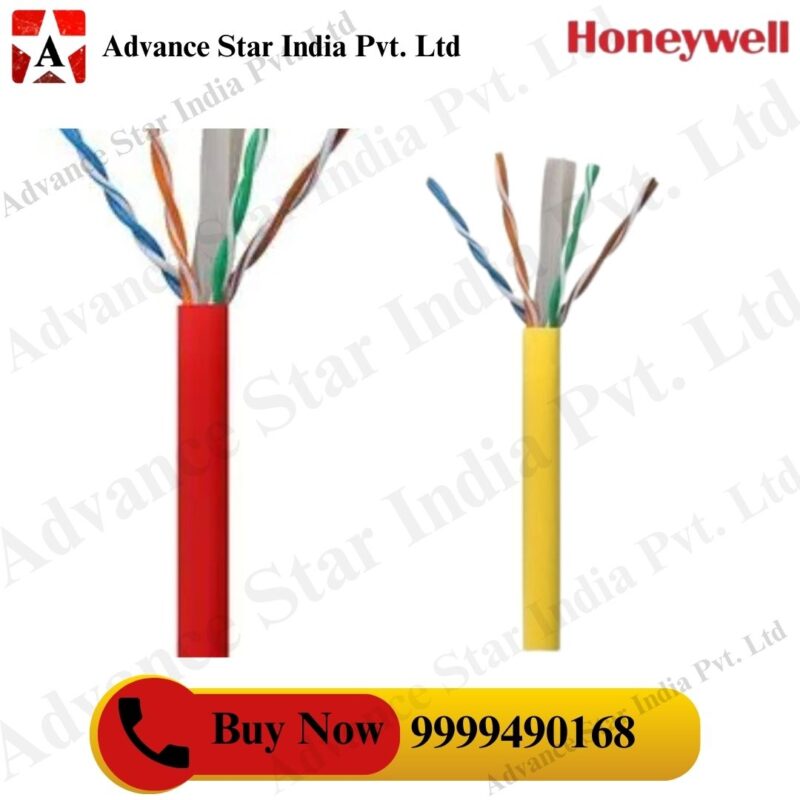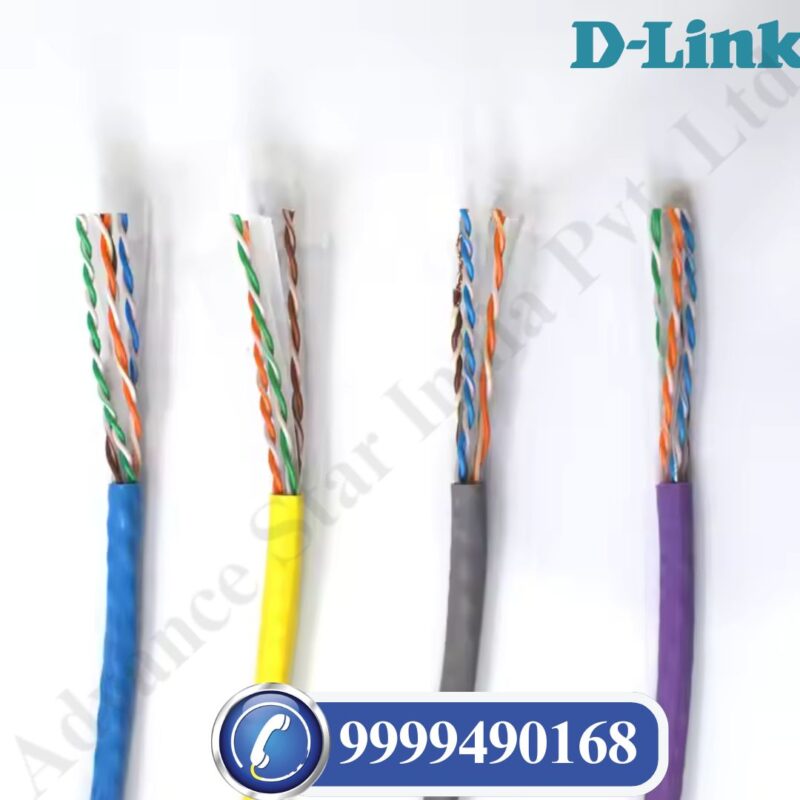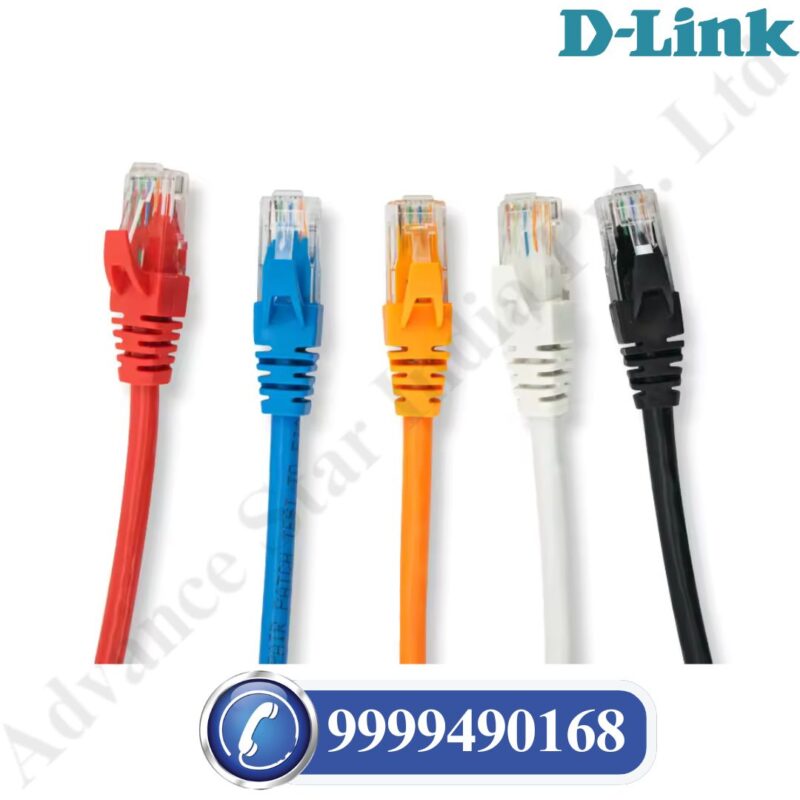Patch Cord Dealer in Nehru Place (Delhi)
Advance star2025-11-01T06:16:33+00:00Patch Cord Dealer in Nehru Place (Delhi)
“Advance Star India Patch Cat6 Patch Cord Dealer in Nehru Place (Delhi) as a patch cord seller, I can provide a general overview of the patch cord market in India and the importance of brands like Honeywell, D-Link, and CommScope.
Patch Cords in India
The market for network patch cords in India is indeed substantial. Specifically, growth in IT infrastructure drives this. In addition, telecommunications and data centers across the country also contribute. Consequently, many local and international brands cater to this high demand. Therefore, they offer a wide range of patch cords. Moreover, these cords have different specifications for diverse applications. Thus, a deeper look at the key players is necessary.
Key Brands and Their Importance
Honeywell: For example, Honeywell is a well-known global conglomerate. Significantly, it has a presence in various sectors. This includes building technologies. As a result, Honeywell offers reliable networking solutions. Their patch cords therefore mean quality and performance. Crucially, they are vital in structured cabling systems. This is true for commercial and industrial applications. Hence, they are a significant market player.
D-Link: Moving on, D-Link is a popular key brand. Notably, it is strong in the SMB and home networking segments. Subsequently, D-Link offers a wide range of networking products. This naturally includes patch cords. These cords are generally cost-effective. Furthermore, they suit various Ethernet applications well.
CommScope: Finally, CommScope is a global leader in infrastructure solutions. They serve communications networks. In fact, CommScope is known for high-quality products. This specifically includes high-performance patch cords. Ultimately, their products are often preferred for enterprise deployments. Indeed, they are critical for data centers and telecommunications. Reliability and long-term performance are key factors.





